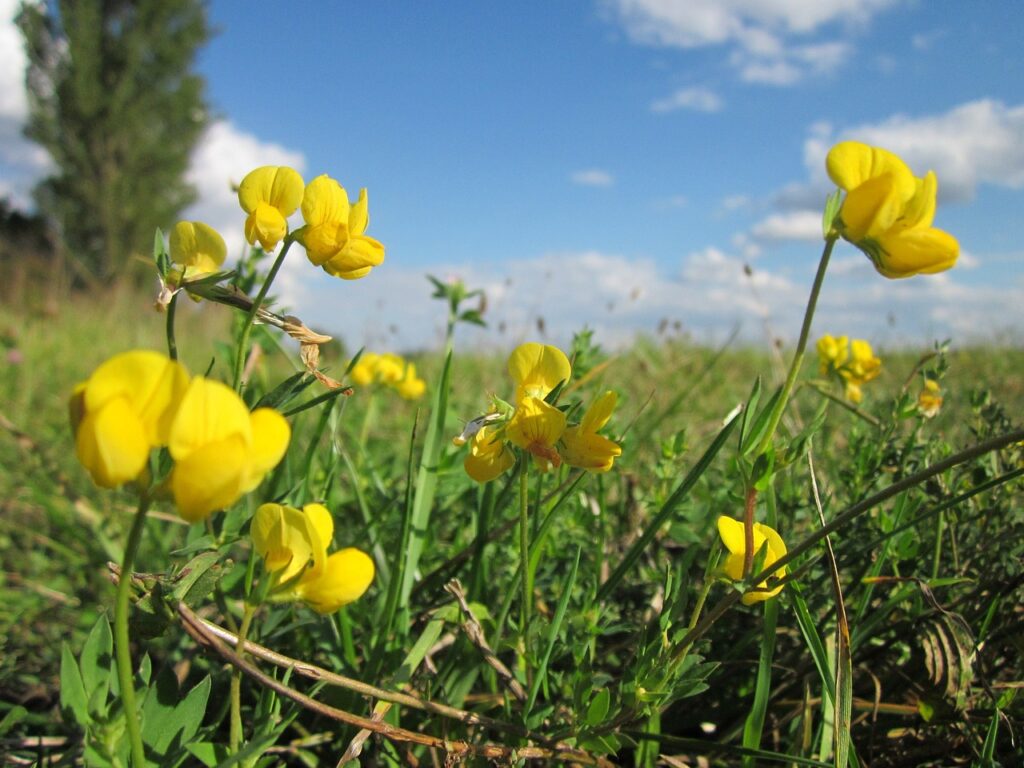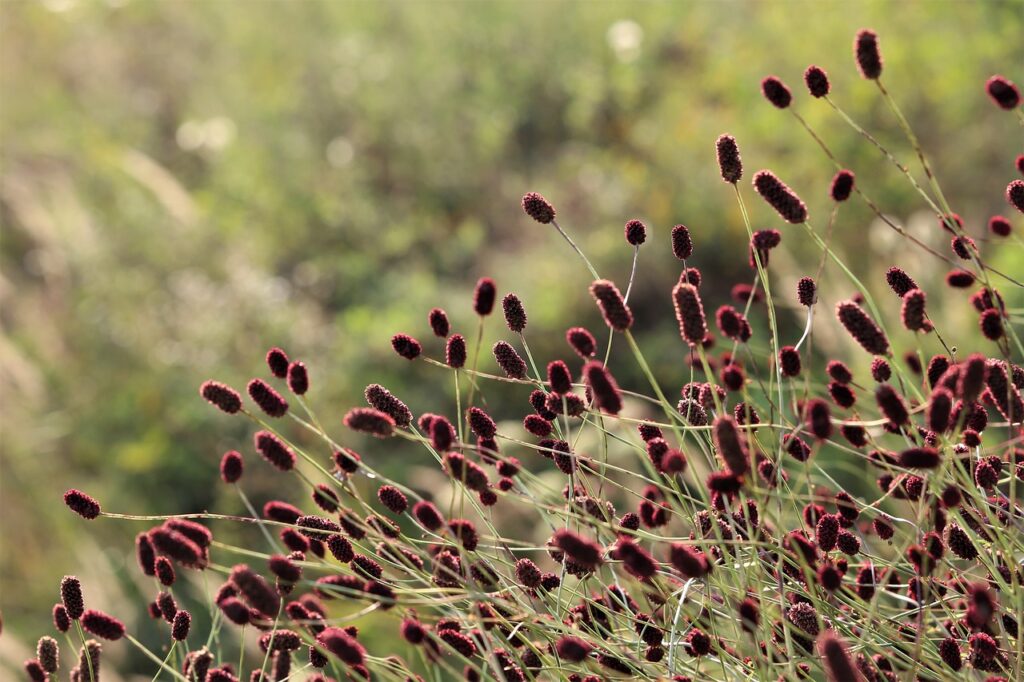Reduce methane from cow burps!
Did you know that producing meat releases a significant amount of greenhouse gases? For instance, methane gas is produced from cow burps and the fermentation of livestock manure. Over the past 40 years, the per capita consumption of livestock products worldwide has doubled, and currently, the livestock sector alone accounts for about 14-15% of total anthropogenic greenhouse gas emissions. To continue having meat on our tables in the future, we need to produce it while reducing environmental impact. One straightforward way to achieve this is by reducing cow burps.
Cows are herbivores and cultivate bacteria by fermenting grass in their four stomachs, which act as fermentation chambers. The bacteria serve as a protein source, aiding in muscle development. Since fermentation uses consumed feed as a resource, controlling the feed can potentially control the gases released. Recently, various feeds have been developed to reduce greenhouse gases from livestock.
Using tannin-containing plants as cow feed.
So, what kind of feed can reduce greenhouse gases like methane in cow burps? Considering the stress on cows, “plants familiar as forage” are optimal. Among these, plants high in tannins are ideal. Tannins form stable complexes with feed components. As a result, they reduce ammonia production during internal fermentation and suppress nitrogen escaping as gas, efficiently generating protein. Additionally, plants high in tannins have a low carbohydrate ratio, making methane gas production less likely.
Examples of high-tannin forages include birdsfoot trefoil, salad burnet, and sainfoin, which have lovely yellow flowers. These are already familiar as forage plants, making them easy to incorporate into livestock farming.
As an aside, to investigate the fermentation effects of these plants, rumen fluid was collected from cows to replicate fermentation outside the cow’s body for evaluation. Imagining the collection of rumen fluid makes me feel queasy. Scientific advancement often comes with sacrifices. Thank you, cows.

High-tannin plants also increase meat production!
High-tannin plant feed aimed at reducing greenhouse gases also leads to increased muscle production as a side benefit. As mentioned above, tannins form stable complexes with feed components (such as proteins and fibers). This reduces ammonia (NH3) production during internal fermentation and suppresses nitrogen (N) escaping as gas (burps) or liquid (urine), efficiently generating protein. Since nitrogen is essential for protein synthesis, reduced losses promote protein synthesis.
Furthermore, livestock that consume high-tannin plants produce less gas, leading to less bloating and increased feed intake. Cows that eat well grow well, which benefits livestock farming.
Challenges at the practical level: How to feed
High-tannin plants, which can reduce environmental impact and potentially increase meat production, should become standard in the livestock industry. While plants like birdsfoot trefoil are already used as forage, to fully utilize their benefits, it’s necessary to increase the presence of high-tannin plants in the diet. Just because these plants are growing in the pasture doesn’t mean cows will eat more of them on their own. We need to find ways to ensure cows consume more of these plants. Harvesting high-tannin plants and feeding them to cows involves additional costs. It’s essential to address technical challenges related to feeding while also searching for other materials to further reduce environmental impact.
Reference: https://www.nature.com/articles/s41598-024-63434-9




コメント